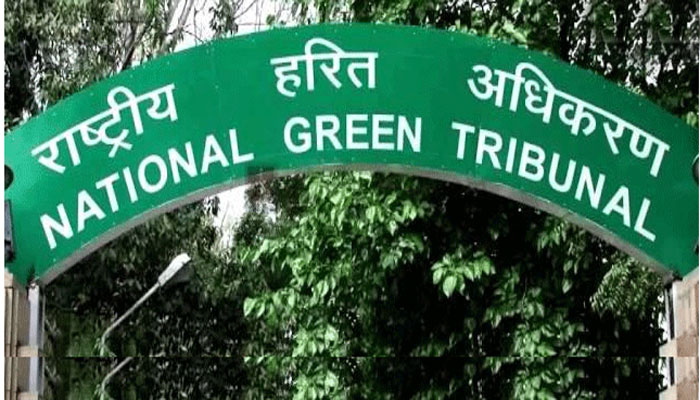This article presents the aspects of coal storage, which are currently in the limelight and some improvements. Currently Thermal power is the “largest” source of power in India. There are different types of Thermal power plants based on the fuel used to generate the steam such as coal, gas, and Diesel. More than 62% of India’s electricity demand is met through the vast coal reserve alone.
In Material Handling unitor coal handling Plants/Unit, Majority of these stockpiles are openly stored with various kinds of stackers and reclaimers. This type of open storage poses both environmental and functional loss. This article will discuss the storage methods for the stockpiles.
IMPACT CAUSED BY OPEN STOCKPILES


Functionality loss
- Combustion of Coal – Spontaneous coal combustion in open storage is one of major concerns in the thermal power plants.
- Loss of GCV – Coal loses the Gross Calorific Value when stored in open. This increases the amount of energy required per unit.
- Loss of Coal – 2-4% coal goes to waste due to erosion by wind and percolation of the coal during rainfall.
Environmental Loss
- Air Pollution – Erosion of coal dust poses a heavy impact on the local air quality affecting flora and fauna nearby.
- Ground Water Contamination – Percolation of the coal particles with rain water contaminates the ground water.
Government Regulations in Place
The National Green Tribunal(NGT) has been established on 18.10.2010 under the National Green Tribunal Act 2010 for effective and expeditious disposal of cases relating to environmental

protection and conservation of forests and other natural resources including enforcement of any legal right relating to environment and giving relief and compensation for damages to persons and property and for matters connected therewith or incidental thereto. It is a specialized body equipped with the necessary expertise to handle environmental disputes involving multi-disciplinary issues.
NGTis the key organization, which is aggressively promoting the practice of Covered Coal storage along with the state environment authorities. Similar guidelines are drafted for the other Material Handling Units such as Lime stone storage, Gypsum storage, and Clicker storage etc.
Cost Effective & Sustainable Solution for Bulk Storage of Coal


Space frame shed / Coal Storage Shed is a suitable solution to address the issues listed above. It is highly specialized and comes with the following advantages. The cost of such s
tructure is 30% – 40% lower as compared to other conventional structures. This structure offers wide spans of up to 150 meterswith fast erection and hassle free erection. This structure installation does not impact the productivity of the plant. Since this structure uses circular sections the coal dust accumulation is kept minimal on the members.
Space frame shed can be constructed in both Barrel/linear geometry and dome geometry as illustrated below
Barrel/Linear Space Frame – Curved Space Frame
These structures offer high flexibility as they have a span of up to 150 meter whichcan be extended in length as perplant requirement. The material can be loaded using stackers and tripper cars from above. Reclaiming is done with
bridge or scrapper reclaimer or with front-end loaders.
Dome Type Space Frame

These structures can be of 200-300m in diameter. They are used in areas with space constraints and less scope of expansion. They permit stockpiles up to 15-30 meter.
Dome structures, Dome manufacturer in India, Dome manufacturers
Conclusion
The open type of Bulk storage in Indian power plants have a number of issues as explained above. With the growing concern about the environmental hazards pertaining to open storage, it is becoming a mandatory requirement to cover these stockpiles. The loss of coal due to erosion, wind and loss of GCV can be reduced by adopting covered storage. It is recommended to adopt covered storage methods.



